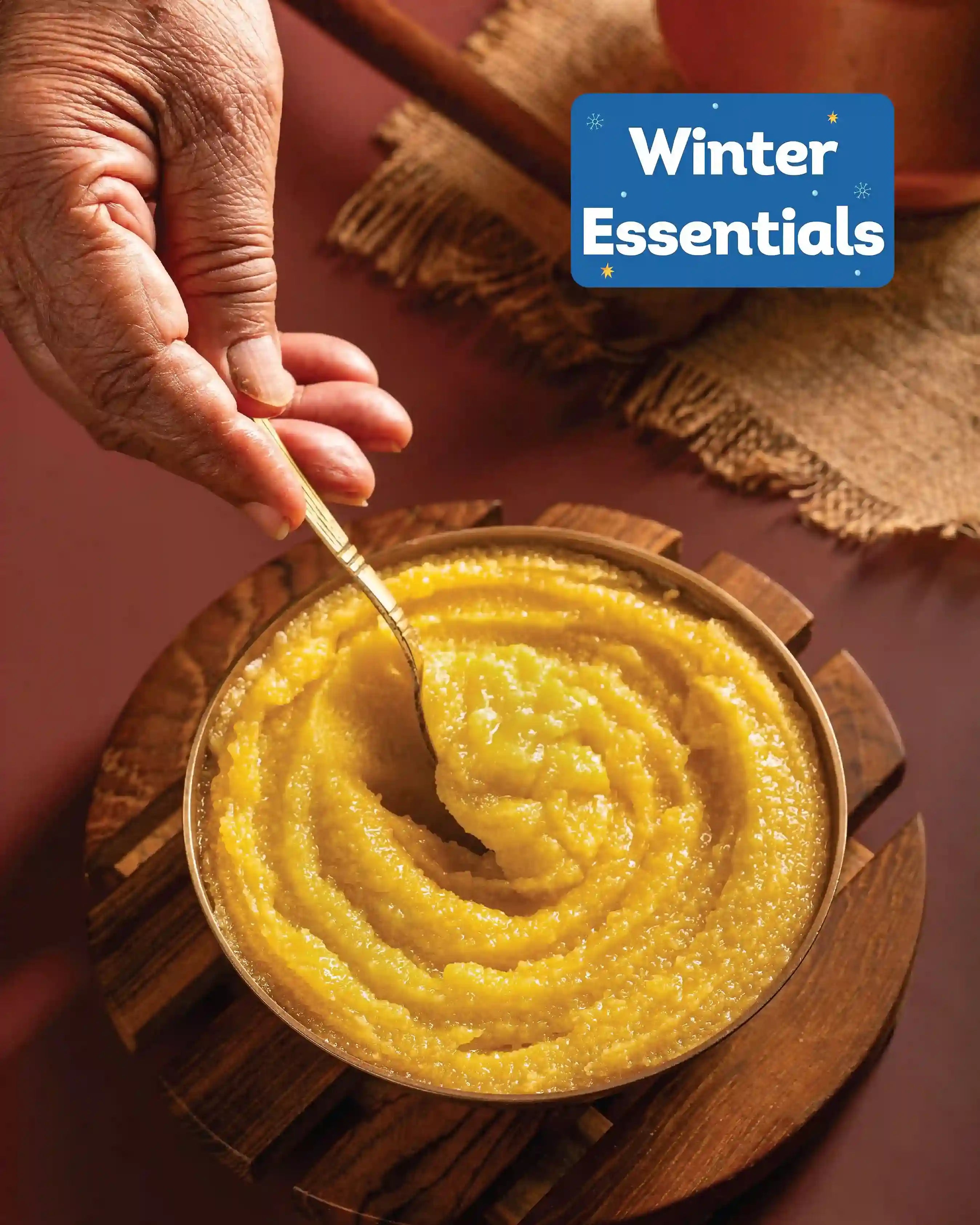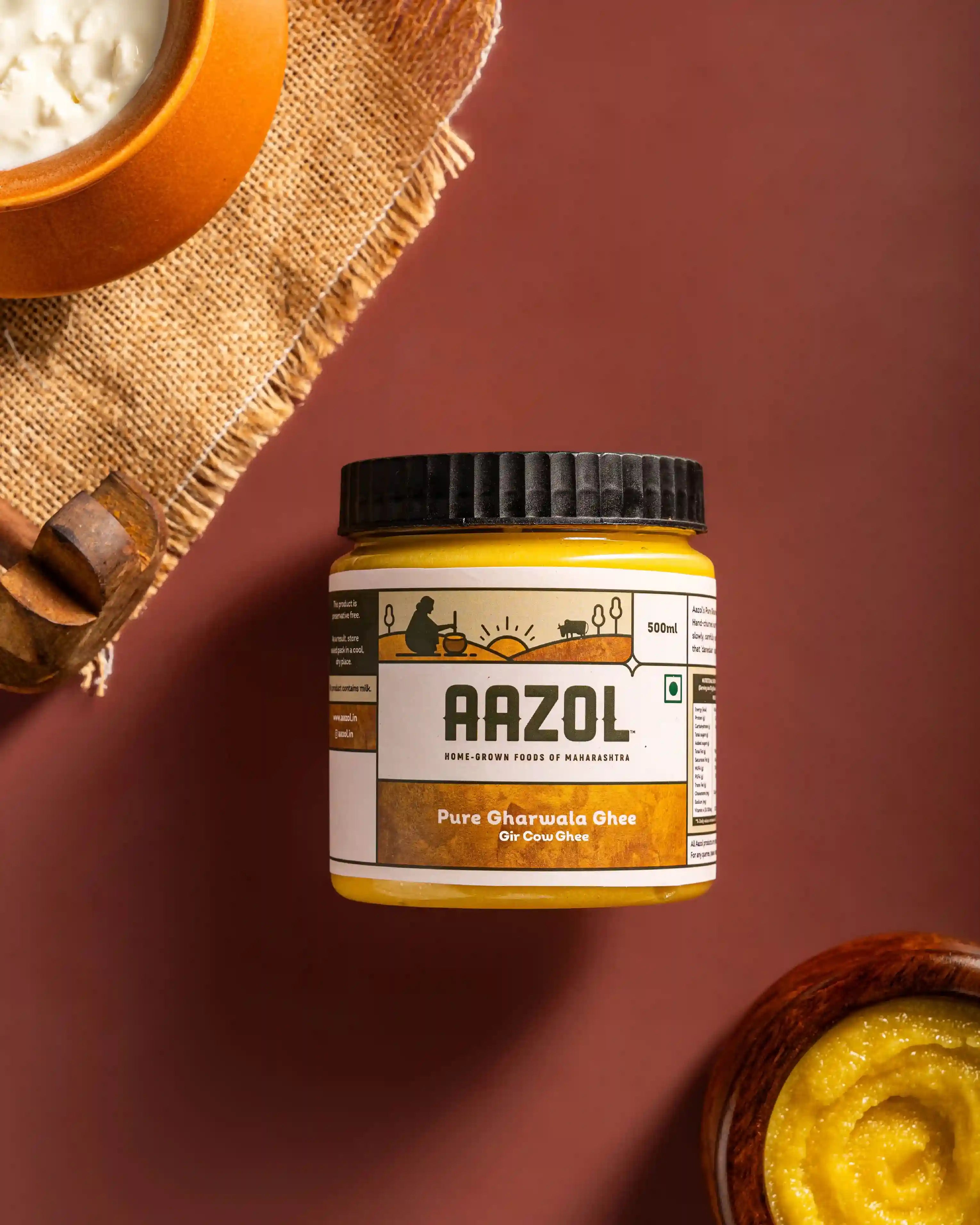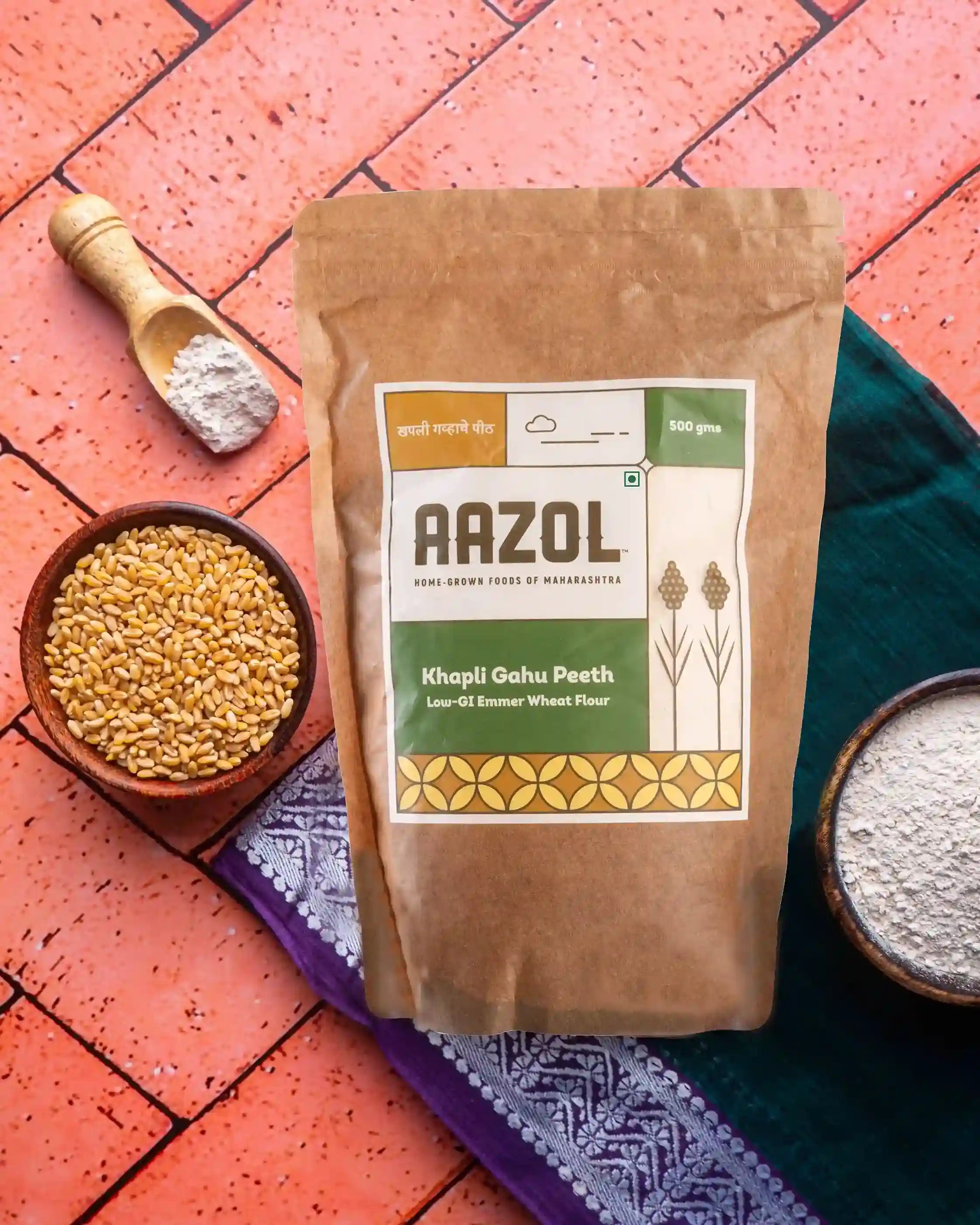Looking forward to Sankranti 2022?
As soon as New Year festivities had ended, we children would all start looking forward to January 14th which is when Makar Sankranti gets celebrated in Hindu homes. While New year was really an event when the adults had more fun (all that dancing and partying), Sankranti was just the appropriate event to bring joy and delight to a kid’s heart. The peals of Happy Makar Sankranti or Happy Sankranti ringing across all households heralds, like many traditional festivals in India, the harvest season. Makar Sankranti’s significance is around worshipping the Sun God, with people praying to the bountiful deity for success and prosperity.
As a kid, residing in Gujarat and later on in Maharashtra, one of my most abiding memories is the kite-flying that continues to be an integral part and parcel of the day’s festivities. To be honest, the day was more picnic, less festival with all our mothers spending several days before the celebrations in their kitchens making the most delicious sweets such as Tilgur, Farsan and other delicacies which would be then carefully transported to the terrace along with our kites and lovingly prepared manjhas (kite strings) and a picnic rug on which to loll about, when Sankranti dawned. Parents and kids, moms and grand-moms would hoist themselves up to the terrace for a day-long session of kite-flying and merry-making. Amidst being fed sweets at a constant pace and lustily crying out kaaateas one more neighbour’s kite got summarily dismissed in the competition between our fathers, we were in heavenly bliss (and a sugar rush) the entire day.
And certainly, if it is an Indian festival how can the food be left far behind? One of the shared cultural practices of Sankranti across various parts of India is making sticky sweets from sesame (til) and a sugar base such as jaggery or Kaakvi (sugarcane molasses). This special sweet symbolizes the concept of togetherness and of support, not withstanding our uniqueness and our differences.In Maharashtra people exchange Til-Gur Ladoos (sweets made from sesame and Jaggery) and special sweets like puran polis (flatbread made with lentil and Jaggery stuffing).
Not only do they have some deep symbolism behind them, but like much of the traditional wisdom, that only our naanis and aajis( grandmothers ) remember, these sweets also have several health benefits associated with the specific season. Til, Dink (edible gum), jaggery are all warmth inducing, and rich in vitamins, such Vitamin D (something that a weak winter sun would have not provided to our ancestors) as well as iron and calcium.
While distributing these sweets an often heard refrain in Maharashtra one comes across is "Til gurghyaaani god god bola" which means eat this sesame and jaggery sweet and speak sweet words; something all of us could do with implementing not only on Sankranti, but throughout the year.
And on this note a very Happy Sankranti to all of you!
Author: Apurva Purohit, Co-Founder | Aazol













Comments (0)
Your comment may be featured to help others on a similar journey